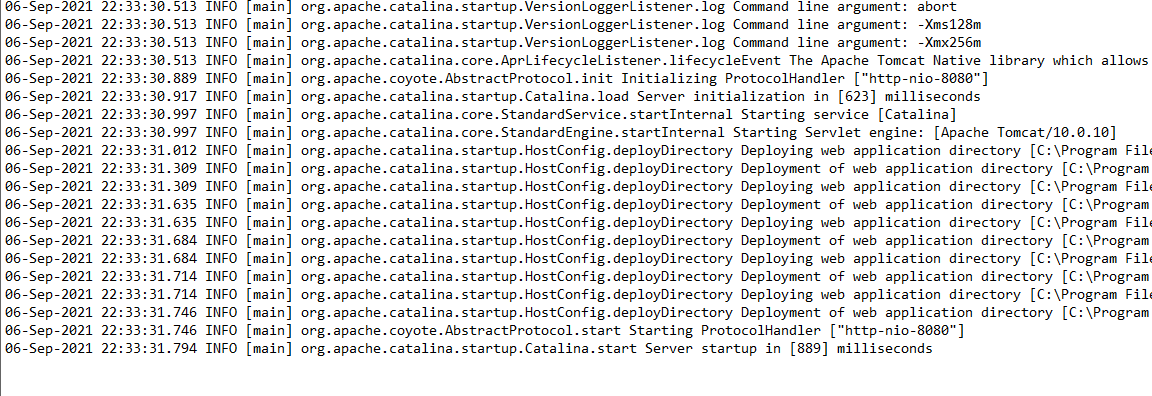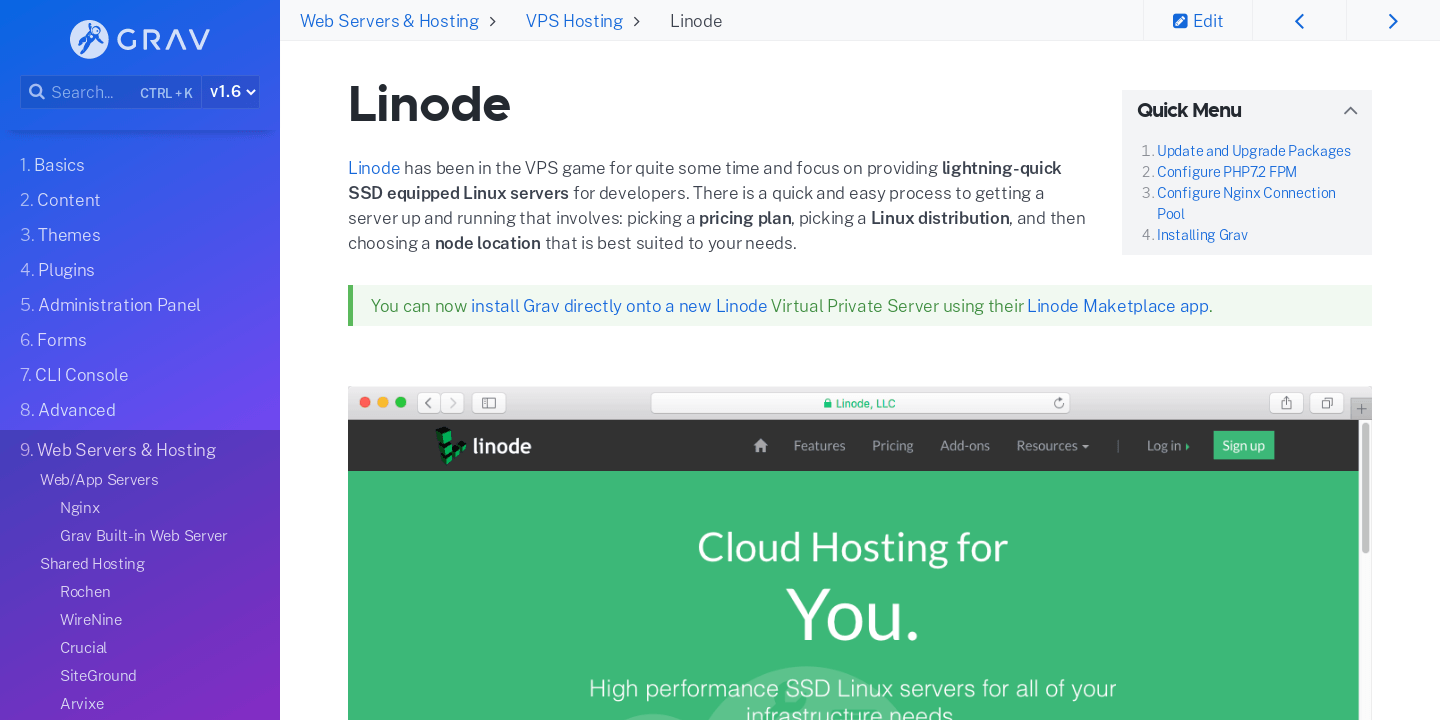
Secure Sockets Layer is a cryptographic protocol that allows data to be exchanged over a network. ServerHello is the message that clients and servers send each other during handshake. This message contains information such a protocol version, encryption suite, and compression methods. The server also sends a unique value known as the session id. This identifies the client, allowing them to continue the handshake.
RFCs for secure sockets layer
Secure sockets layers, also known simply as SSL, are protocols that allow secure communication between applications. This protocol was first defined in 2002 and was initially used by the Internet Engineering Task Force (IETF). It is a protocol for protecting personal information while data is being transmitted over the Internet. The protocol doesn't require any extra hardware as it is well-known. However, it does require a trusted server to be used with it.
Netscape developed the Secure Sockets Layer. The Layer has gone through several versions, including SSLv2, SSLv3 and TLSv1.0. Secure Sockets Layer implementation is the OpenSSL libraries, often referred as a "reference implementation".

MAC algorithm
Secure Sockets Layer MAC is a key exchanging protocol that uses Secure Sockets Layer. Its public/private secret key pair is generated by RSA. RSA uses this public/private combo to generate a unique MAC. This algorithm is tamper-resistant. It is however susceptible to a padding attack. This attack can lead to a non-recoverable error message and corrupt the MAC keys. This attack can be prevented by using MAC encryption keys that have no security flaws.
Vulnerabilities
Site and application security is compromised by SSL vulnerabilities. In the last few years, a number of vulnerabilities were discovered. One of the most famous is the zero-logon vulnerability, which is being used by ransomware and advanced persistent threat actors. Other vulnerabilities include SSL VPN apps, such as CVE-2018-197781 for Citrix ADC or CVE-20140630 for Pulse Connect SSL VPN.
Another vulnerability that can affect SSL/TLS is the Compression Ratio Information-leak made easy (CRIME). TLS compression is an integral component of SSL/TLS. This vulnerability affects TLS compression. The compression algorithm replaces repeated byte patterns with pointers to the first instance. This makes the compression ratio much more effective. DEFLATE is the most popular compression method. Some clients and servers are able to take advantage of this vulnerability.
TLS_DH_anon
TLS_DH_anon, a secure sockets layer, encrypts data transmitted over the Internet. It employs forward secrecy and a Diffie–Hellman exchange key to protect transmitted data. When the client sends a message, the server responds with a ServerHello message that includes a random number, cipher suite, and compression method. The message is encrypted, and it will remain protected until the session closes.

TLS_DH_anon is the most used encryption protocol. It uses a symmetric-key algorithm to protect data during transmission. Each connection is assigned a unique key for this algorithm. These details must be agreed upon by the client and server prior to sending any data. Symmetric encryption uses a shared secret between server and client. This is a way to ensure data security and reliability.
ECDH_anon
Secure sockets layer (SSL), a network protocol, encrypts the connections between a webserver and a client over insecure networks. Netscape introduced SSL in 1995. This protocol quickly became the industry standard for secure online transactions. SSL is also commonly used for authentication and encryption of other applications. However, the Internet Engineering Task Force discontinued recommending SSL general use in 2015. It has since been replaced by the Transport Layer Security protocol (TLS).
FAQ
How Do I Choose A Domain Name?
It is important that you choose a domain name that is memorable. A great domain name will help people find your site when they search for your product.
Your domain name should be concise, memorable, unique, relevant, and easy to remember. It is ideal to have something that people can type into their browser.
These are some suggestions for choosing a domain.
* Use keywords related your niche.
* Do not use (-), symbols or hyphens.
* Don't use.net or.org domains.
* Use words that are already used.
* Try to avoid generic terms like "domain" or "website."
* Make sure it's available.
What kind of websites should I make?
Your goals will determine the answer to this question. To build a business around your website, you may want to focus on selling products online. This will require you to set up a strong eCommerce site.
Blogs are another popular type of website. Each type of website requires different skills. You will need to be familiar with blogging platforms like Blogger or WordPress if you wish to create a blog.
It is important to choose the right platform for your site. There are many templates and themes available that can be used for free on each platform.
Once you've chosen a platform, you can build your website by adding content. Your pages can be filled with images, videos and text.
Once you're ready to publish your website online, click here. Once your website is published, visitors will be able to access it in their web browsers.
What is responsive web design?
Responsive web design (RWD), is a way to create websites that display responsively on all devices, including smartphones, tablets, desktop computers, laptops and tablets. This allows users to simultaneously view a website from one device while still being able to access other features, such as navigation menus and buttons. The goal of RWD is to ensure that when a user views a site on any screen size, they view the exact version of the site.
You would, for example, want to make sure that a customer can view your website even on a mobile device.
A responsive website will adapt its layout to suit the device it is being viewed on. The site will display exactly the same way on a laptop as if it were viewed on a desktop computer. The page will look completely different if it's viewed on your smartphone.
This allows you to create one website that works on all devices.
Is it more likely to be hired as a web developer if I have a good portfolio?
Yes. A portfolio is essential when landing a web designer or developer job. Your portfolio should show examples of your skills, experience, and knowledge.
A portfolio typically includes samples from your past projects. These examples can showcase your abilities. Your portfolio should include everything: wireframes and mockups as well as logos, brochures, websites, apps, and even logos.
Which platform is best for designing a website?
WordPress is the best platform available for building a website. It provides all the features you need to create a professional-looking site.
Themes are easy-to-install and customizable. There are many themes to choose from online.
You can also add functionality by installing plugins that allow you to do everything from adding social media buttons to adding forms and contact pages.
WordPress is also very user-friendly. To change your theme files you don't need HTML code. You just need to click on the icon and choose what you want to modify.
While there are many options for platforms, WordPress is my favourite. It has been around forever and is still widely used by millions.
How To Create A Static Website
There are two options available to you when building your first static website.
-
Content Management System (a.k.a. WordPress: This software can be downloaded and installed on your computer. This software can then be used to create an indispensable website.
-
How to Create a Static HTML Website. In this instance, you will need to write your HTML/CSS codes. If you already know HTML, it is simple to do.
A professional may be able to help you create a large website.
However, it is a good idea to start with option 2.
Statistics
- It's estimated that in 2022, over 2.14 billion people will purchase goods and services online. (wix.com)
- Is your web design optimized for mobile? Over 50% of internet users browse websites using a mobile device. (wix.com)
- The average website user will read about 20% of the text on any given page, so it's crucial to entice them with an appropriate vibe. (websitebuilderexpert.com)
- When choosing your website color scheme, a general rule is to limit yourself to three shades: one primary color (60% of the mix), one secondary color (30%), and one accent color (10%). (wix.com)
- At this point, it's important to note that just because a web trend is current, it doesn't mean it's necessarily right for you.48% of people cite design as the most important factor of a website, (websitebuilderexpert.com)
External Links
How To
How to become an internet developer?
A website isn't just a collection HTML code. It is an interactive platform that allows users to communicate and delivers valuable content.
Websites can be more than just a means of delivering information. It should also serve as a portal to your company. It should help customers find what they need quickly and efficiently while also showing them how you want them to interact with your company.
The best websites allow visitors to do exactly what they came to do--find what they're looking for and then leave.
This goal will require you to master technical skills and aesthetics. You'll have to understand the basics of HTML5 coding and CSS3 styling and the latest developments in JavaScript and other programming languages.
Also, you'll need to learn how to use tools like Photoshop, Illustrator, InDesign and Fireworks. This allows designers to create and edit web graphics and layouts. And finally, you'll need to develop your style guide, which includes everything from fonts to colors to layout.
To learn more about becoming a web designer, you can start by reading articles or taking online courses.
Although your degree may take months, or even years, once you earn it you will be ready for the workforce.
Remember to practice! Designing will improve your ability to build great websites.